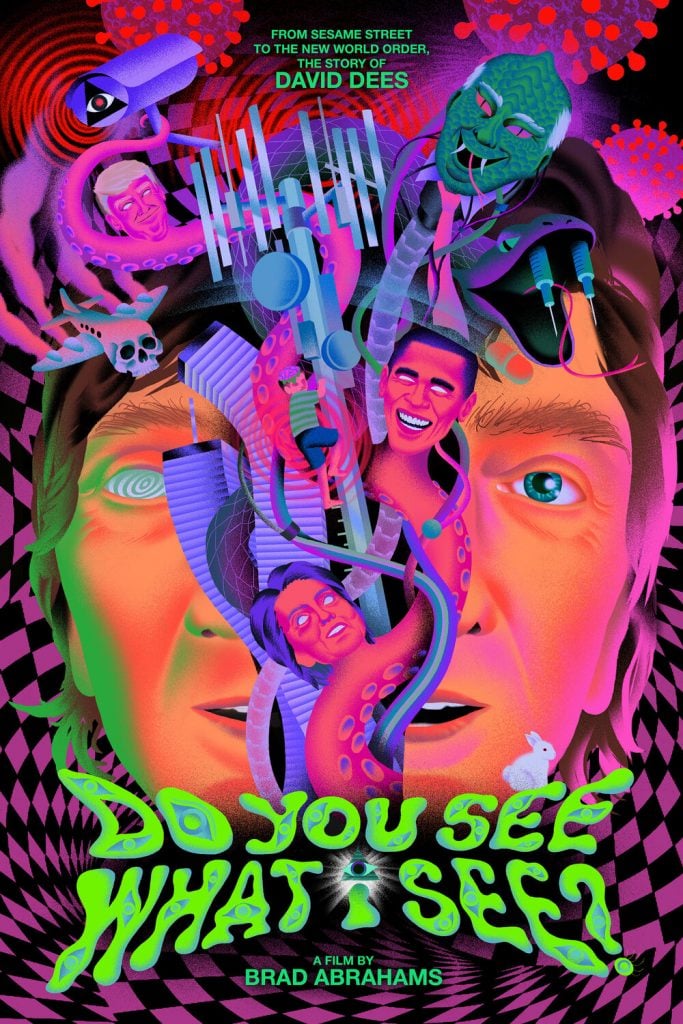Opinion
How One Artist Became a Warrior for QAnon + 4 Great Art Essays Worth Reading From This March
A round-up of ideas from around the art web.

A round-up of ideas from around the art web.

Ben Davis

Here’s my monthly attempt to crack open the virtual magazine rack, read a bunch, and sift for ideas I think are worth debating or holding on to from the past month. If there’s something I missed that was good, I probably just ran out of time.
Below are five essays (or actually four, plus a short film) that I think are worth sharing from March 2021.
From a year when physical gathering spaces were largely inaccessible and digital spaces sputtered to take up the slack, Mallery draws out some lessons for what does and does not effectively create spaces for nourishing cultural connection (hint: good moderation).
Artist Coco Klocker analyzes the “mean character energy” meme, which has people imagining themselves as the protagonist of a made-up film. The insight, for me, is that the more out of control the world feels, the greater the allure of representing your own life as an artistic project that puts yourself at the center is likely to be. “Reflected back into everyday life, such ‘main character energy’ becomes a means of measuring the anxiety brought on by not feeling like the subject of your own life by default,” Klocker writes. “To treat that anxiety, one must perform the visible signs of interiority oneself and have them confirmed by others.”
Some barbed and passionate reflections from Kissick, Spike‘s New York correspondent, about the takeover of the art conversation by KAWS and NFTs, and the general meme-ification of culture and bleed-out of meaning. But really, this is an argument for preserving the value of liking unpopular things.
An essay that outlines what seems to be an emerging cultural moment, if not yet a movement: inspired by Black Lives Matter’s reexamination of the toll of racism on everyday life, initiatives from the “RESTival” to the Nap Ministry have begun to define a new role for cultural spaces as places of rest.
Look out for this short, searching doc if you can get a glimpse: Abrahams tells the story of David Dees, who started out working for Sesame Street and eventually became revered as the artist of QAnon via his grotesque, paranoid fever-dream graphics. (You can also hear an extended conversation with the director on the QAnon Anonymous podcast, which is how I found out about it.)